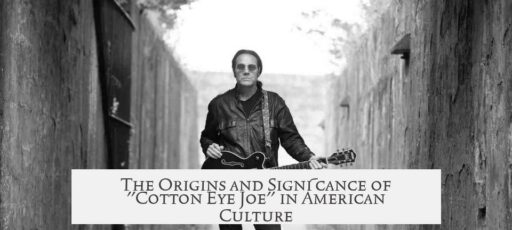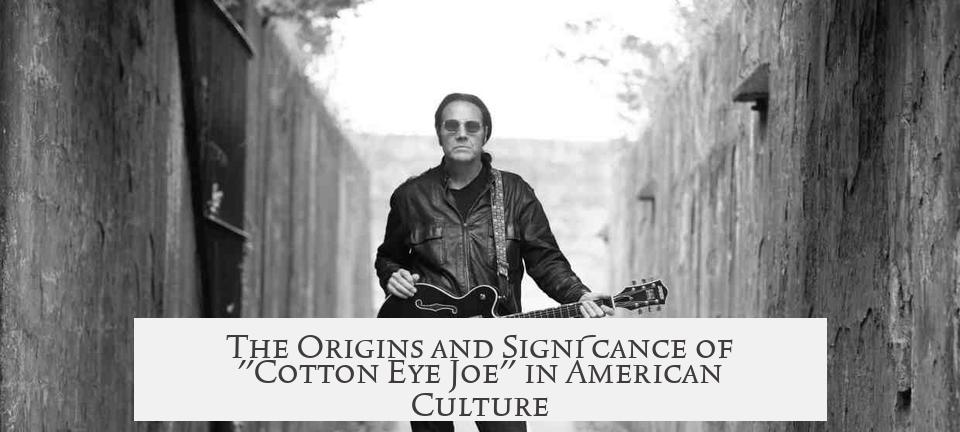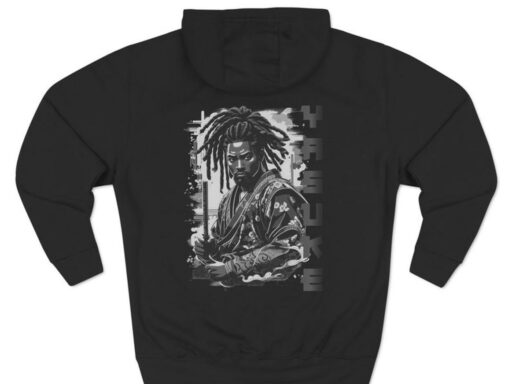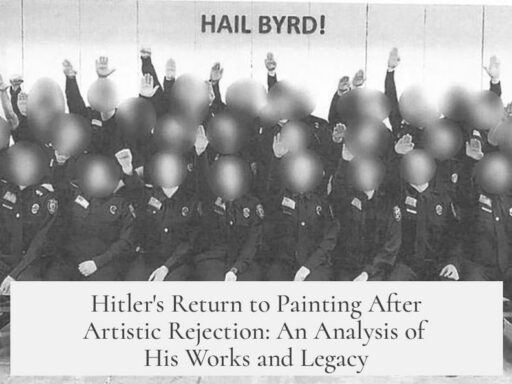“Cotton Eye Joe” originates from at least the mid-19th century as a folk song rooted in American history, particularly linked to slavery-era culture and rural life in the southern United States. The first known literary mention appears in an 1882 novel by Louise Clarke Pyrnelle, which draws from her experiences on a pre-Civil War Alabama plantation. Testimonies from people recalling times before the Civil War also identify the song as authentic from the slavery period.

The song centers on a character named Cotton Eye Joe. Early lyrics illustrate Joe as a figure who disrupts romantic plans. One 19th-century verse states:
Cotton-eyed Joe, Cotton-eyed Joe What did make you sarve me so Fur ter take my gal erway fum me An’ cyar he plum ter Tennessee? Ef it hadn’t ben fur Cotton-eyed Joe I’d er been married long ergo
The description suggests Joe is a somewhat mysterious or undesirable man with crossed eyes and missing teeth. Despite these traits, he wins the singer’s love interest away. Another early interpretation by folklorist Dorothy Scarborough paints Joe as a “hoodoo man” tied to traveling medicine shows:

Dat gal, she sho’ had all my love, An’ swore fum me she’d never move, But Joe hoodooed her, don’t you see, An’ she run off wid him to Tennessee. I’d ‘a’ been married forty year ago Ef it had n’t a-been for Cotton-eyed Joe!
These early lyrics and stories reveal regional dialects and attitudes about Joe as a trickster or disruptive figure related to relationships. The character’s name possibly alludes to untreated eye conditions common in rural impoverished areas, such as cataracts, making the eyes appear “cottony” or white. Alternatively, “Cotton Eye Joe” may describe a man with striking pale eyes that fascinated women.
Musically, “Cotton Eye Joe” exists in several regional variants. The earliest known audio recordings date to the late 1920s, with the Dykes Magic City Trio’s 1927 version being the first documented. The song shows distinct Southeastern, Southwestern, and Acadian (Canadian) versions. Southwestern versions, especially Bob Wills and His Texas Playboys’ 1940s rendition, influenced popular Western swing music and inspired the 1990s Eurodance hit by the Swedish group Rednex.
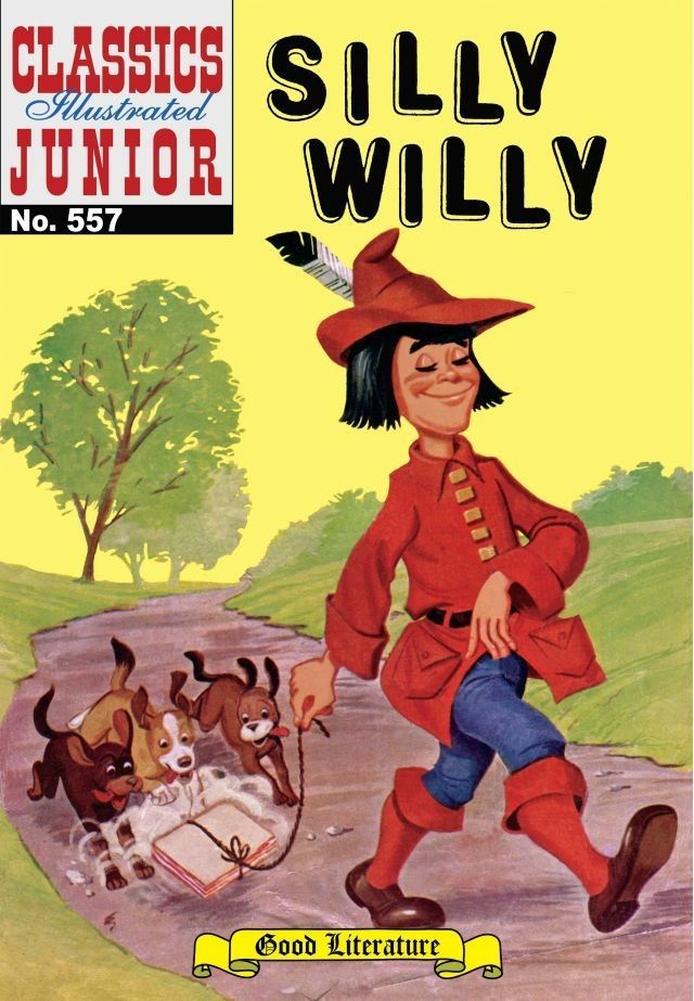
| Version | Region | Notable Artist | Characteristics |
|---|---|---|---|
| Southeastern | Southern US (Alabama, etc.) | Dykes Magic City Trio (1927) | Traditional folk style, original lyrics |
| Southwestern | Texas and surrounding states | Bob Wills and His Texas Playboys (1940s) | Western swing style, popularized melody |
| Acadian | Canada (Nova Scotia, Louisiana) | Don Messner | Instrumental fiddle tune, regional style |
Over time, the original meaning or story behind Cotton Eye Joe has become obscured. Researchers suggest it might have been a common minstrel song performed in the 19th and early 20th centuries. Its function could have been entertainment within Blackface minstrel shows or rural community gatherings. The modern, commercially popular versions by groups like Rednex reflect a kitschy, upbeat dance style that does not capture the song’s early socio-historical context but does echo its role as festive music.
The enduring image of Cotton Eye Joe merges folklore, regional music traditions, and evolving pop culture. Whether as a troublemaker, a mysterious man with distinctive eyes, or simply a catchy tune, the character represents a complex blend of Southern black folk heritage and broader American musical evolution.
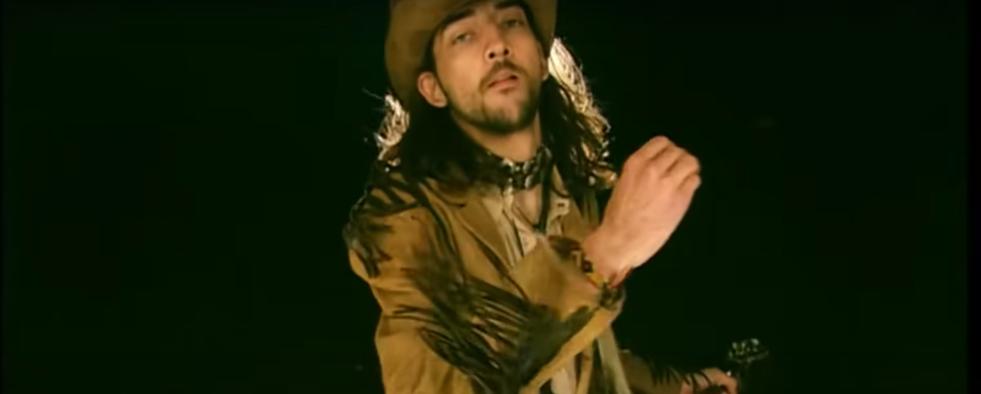
Key points to remember:
- “Cotton Eye Joe” dates back to at least the mid-1800s, linked to slavery-era Southern U.S. culture.
- The character Cotton Eye Joe appears as a disruptive man who steals a lover and is described physically with unusual eyes.
- Early lyrics show regional dialect and hint at hoodoo or medicine-show associations.
- The song has multiple regional versions: Southeastern, Southwestern, and Canadian Acadian.
- First recordings occurred in the 1920s; southwestern versions influenced Western swing and modern adaptations.
- Original meaning may be lost, with the song likely originating in minstrel or folk traditions.
- Modern renditions, like Rednex’s, emphasize dance music over historical context.
Where Did “Cotton Eye Joe” Come From, and Who or What Is He?
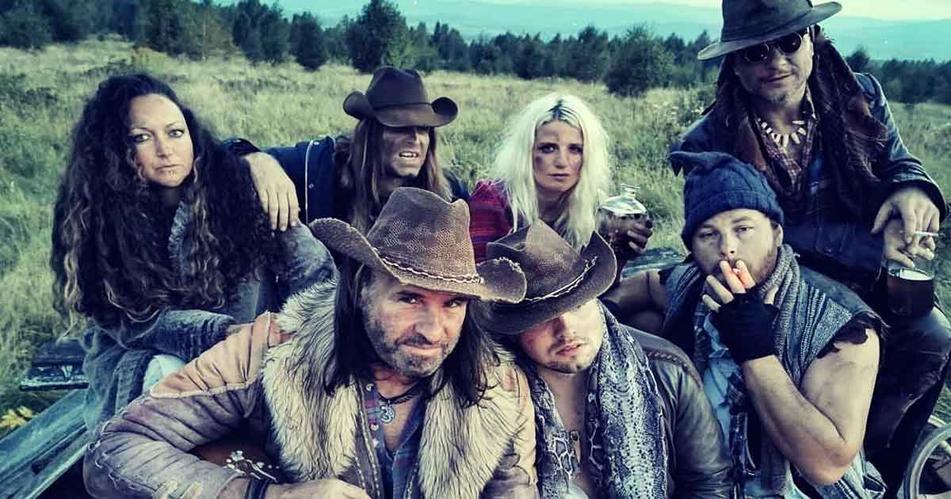
“Cotton Eye Joe” is a song that dates back to at least the mid-19th century, emerging from the cultural fabric of the American South during the slavery era. But who exactly is Cotton Eye Joe? Is he a man, a symbol, or just a catchy phrase stuck in your head after that dance hit by Rednex? Let’s dig into this musical mystery with some history, early accounts, and cultural storytelling.
A Journey Back to the 19th Century
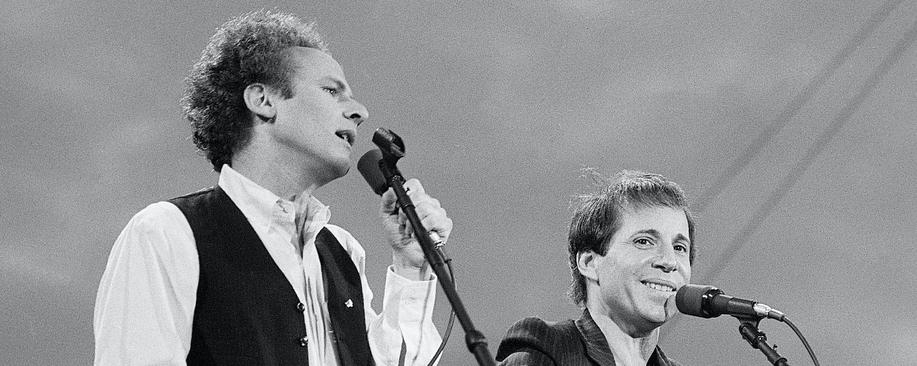
The earliest documentation of Cotton Eye Joe appears in literature well before the song was ever recorded. For instance, an 1882 novel by Louise Clarke Pyrnelle, inspired by her pre-Civil War childhood on an Alabama plantation, references the song. That places its roots firmly in the slavery period of the United States.
Everett, a key scholar on this topic, argues that the song was widely known in the mid-1800s. Oral traditions suggest it was a genuine slavery-time tune, passed down through both enslaved and free communities. So, it’s not a modern dance invention but a piece of historical storytelling set to music.
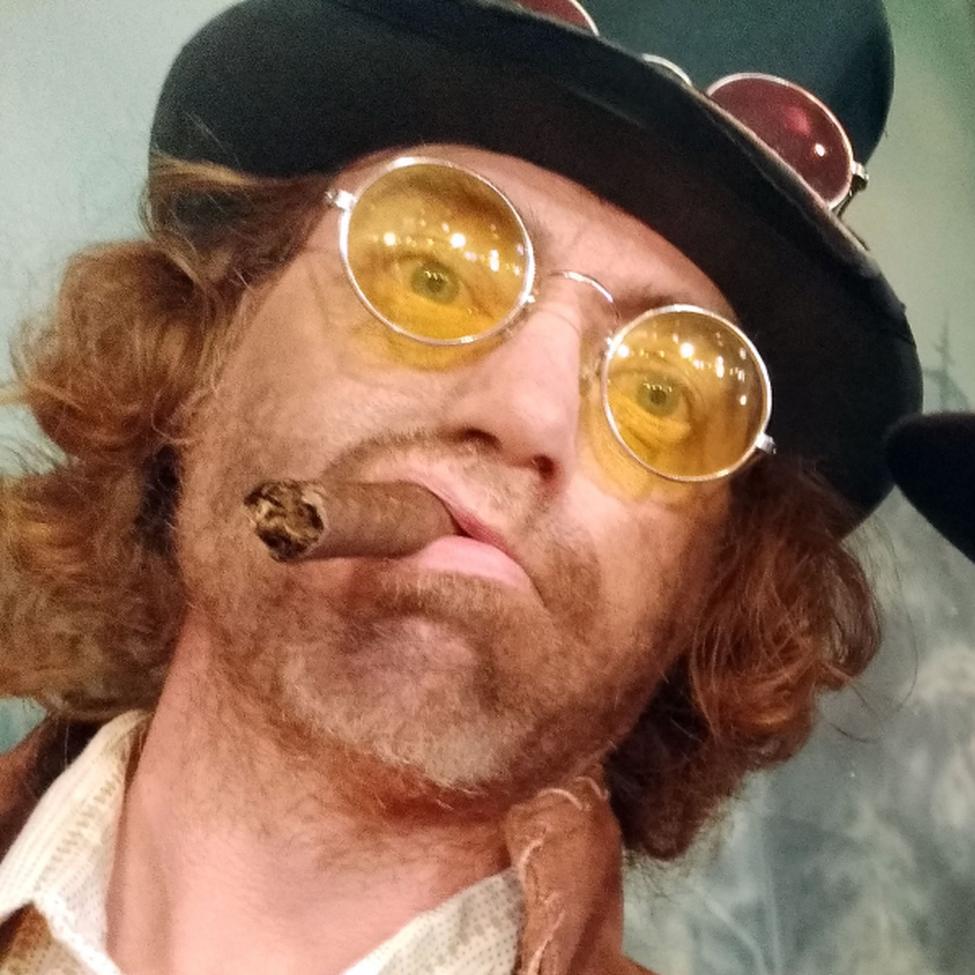
Lyrics Tell Tales: The Man Behind the Name
The song’s lyrics paint Cotton Eye Joe as quite a character. He’s a tall, slim man with crossed eyes, a flat nose, and missing teeth. Yet, despite these rough looks, he steals the narrator’s girl and runs off with her to Tennessee. The singer laments:
“Ef it hadn’t ben fur Cotton-eyed Joe, I’d er been married long ergo.”
One narrative even casts Joe as a “hoodoo man,” a figure of folk magic mystery who enchanted the girl away. In early versions recorded by folklorists like Dorothy Scarborough, Joe has a kind of supernatural mojo, weaving influence that even love can’t resist.
Would you believe a man with crossed eyes and a flat nose could have such a magnetic pull? Whatever his “cotton eyes” actually were—maybe a medical condition like cataracts or simply pale eyes—the imagery stuck. It’s a kind of folk charisma, the guy you can’t forget even if he’s got a few missing teeth.
From Oral Song to Recorded History
The song moved from campfires and plantations to phonographs in the early 20th century. The Dykes Magic City Trio was apparently the first to record it in 1927. Over the next few years, multiple groups recorded versions, showing its popularity in rural folk circuits.
Everett categorizes “Cotton Eye Joe” into regional variations: southeastern, southwestern, and Acadian (a Canadian fiddle style).
- Southeastern versions, like those by Dykes Magic City Trio, captured early recorded history but stayed relatively obscure.
- Southwestern versions, however, gained more fame. Bob Wills and His Texas Playboys popularized it in the 1940s with their Western swing sound. This version is what the 1990s Swedish dance group Rednex reimagined into a pounding dance hit, albeit losing much of the original folk atmosphere.
- In Canada, the Acadian variant focuses on instrumental fiddle tunes, with notable recordings associated with Don Messner.
So, “Cotton Eye Joe” is a shape-shifting song, adapting as it crosses regions, cultures, and decades.
Meaning, Myth, and Modern Masking
What does “Cotton Eye Joe” really mean? Theories abound. His “cotton eyes” could be a nod to an untreated eye condition, like cataracts, making his eyes appear white. White eyes would have been a striking and somewhat eerie visual in rural communities, many lacking access to modern medicine.
Alternatively, maybe Cotton Eye Joe is just a folk figure embodying mystery and trickery—someone who causes romantic trouble, possibly linked to minstrel shows where such characters entertained but also perpetuated stereotypes.
By the time the song got recorded frequently in the 20th century, as Dorothy Scarborough and Bob Wills attest, the original meaning had probably faded. What remained was a popular tune about heartache and mischief, especially around lost love.
Ironically, the kitschy, techno-driven “Cotton Eye Joe” by Rednex, though vastly different, carries the seed of the minstrel tradition. It’s a party song that commemorates a folk figure who once captured a girl’s heart—or stole her away.
Why Does This Matter Today?
Understanding where “Cotton Eye Joe” comes from reveals how folk music evolves. It started as a song about a mischievous man during slavery times. Over 150 years, it traveled, transformed, and eventually exploded into global pop culture through a Swedish dance hit.
It also reflects how songs carry stories far beyond their original context. What was once a regional folk lament about lost love and a man with peculiar eyes now fills dance floors worldwide. This shows the power of music to connect us with history—even if most people don’t realize they’re dancing on the bones of the past.
The Takeaway
If you ask “Who is Cotton Eye Joe?” there’s no simple answer. Joe is both a man and a myth, a folk legend born from oral tradition, medical oddities, and cultural storytelling. He’s the guy whose “eyes” fascinated or frightened, whose charm – or hoodoo – stole a girl, and whose tale kept changing as it crossed the American South and beyond.
Next time you hear that banjo riff or catch yourself singing the Rednex tune, remember—you’re engaging with a song that’s older than the internet and much, much deeper than just a catchy dance track.
So, who or what is Cotton Eye Joe? He’s a window into American folk history, a symbol of lost love, trickery, and the colorful complexity of southern roots music.
Where did the song “Cotton Eye Joe” first appear?
The song dates back to at least the mid-19th century. Its earliest known mention is in an 1882 novel by Louise Clarke Pyrnelle, inspired by her pre-Civil War childhood in Alabama. It was an authentic song during slavery times.
Who or what is Cotton Eye Joe in the song?
Cotton Eye Joe is often described as a man with crossed eyes and a flat nose who took away the singer’s girl. Some versions call him a “hoodoo man” who used magic or charm to win the girl and cause trouble.
Are there different versions of “Cotton Eye Joe” across regions?
Yes. There are southeastern, southwestern, and Acadian versions. The first recordings were from the Southeast in the 1920s. Later, southwestern versions like Bob Wills’ 1940s take became famous. Canada has an instrumental Acadian fiddle version.
What is the origin of the name “Cotton Eye Joe”?
It likely refers to Cotton Eye Joe’s eyes appearing white or pale, possibly from untreated eye conditions common in poor rural areas. The name could describe the look that made him notable in the lyrics and stories.
Did “Cotton Eye Joe” have a specific meaning originally?
The original meaning may be lost. It might have been a minstrel song with social or humorous purpose. By later recordings, the character became more symbolic than tied to a specific story.
